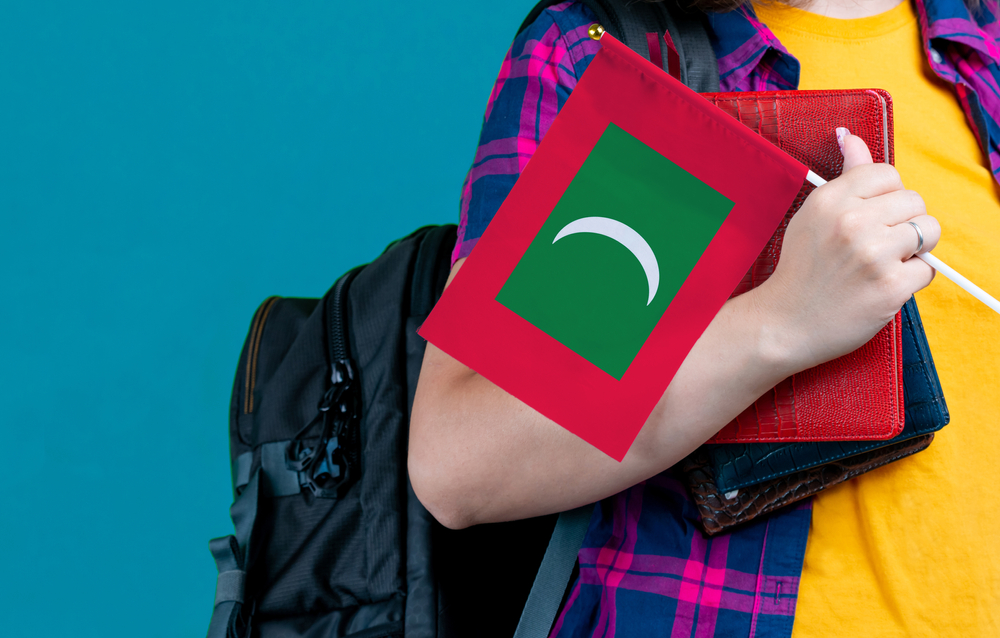According to this report, the educated population of Maldives is over 96 percent in 2014. The education system of Maldives has undergone drastic changes and remains influenced by various factors. The Maldives deems education as a fundamental human right, and the government allows free schooling up to 12th grade for every child.
A Brief History Of Maldives Education System
Traditionally, the education system in the Maldives had children learning the Dhivehi language, simple arithmetic, Arabic script and the Holy Quran. These teachings took place in home-based centers called ‘edhuruge’ or ‘kiyavaage.’
Due to a strong British influence on the Maldives education system, the first western-style and English medium school were opened in 1927, limited only to boys. Later, in 1944 the founding of an English medium school was opened for girls in the capital city of Male.
Once the Maldives gained independence, there were rapid changes in the development of schooling wherein education reformation took place.
With the support of various aid agencies, the Ministry of Education (MoE) centralized the schooling systems and introduced the first national primary school curriculum.



The English language soon became the medium of instruction in all public primary schools and middle schools. In the early 1990s, secondary education was only available in Male’s English medium schools, often accompanied by a high fee.
Gaining support from various countries like Japan and other global funding bodies such as United Nations, World Bank, UNICEF and more, schools were established on every island in the Maldives.
This way, English became the main educational language, and learning of other languages was promoted through various tools to address students of all ages. Public institutions, NGOs, and private sponsors provided resources of all kinds, from educational games (word games, crosswords and coloring books, logic puzzles, video tutorials) to sponsoring schools' premises and offering grants for studying abroad.
Additionally, the Maldives has embraced a wide range of other educational and creative activities, notably music education. Piano learning, in particular, has gained popularity, with free piano sheet music resources widely accessible through dedicated online portals like tuneonmusic. These platforms play a crucial role by offering extensive libraries of free piano sheet music, enabling students and music enthusiasts of all ages and skill levels to continually progress in their musical education and development.
The Education System For Disabled Children
In the Maldives, the implementation of an inclusive education policy in 2013 supported children with special needs. It has led to an increase in schools primarily aimed for disabled children. In 2018, there were 212 schools established to provide education to children with special needs in the country..
